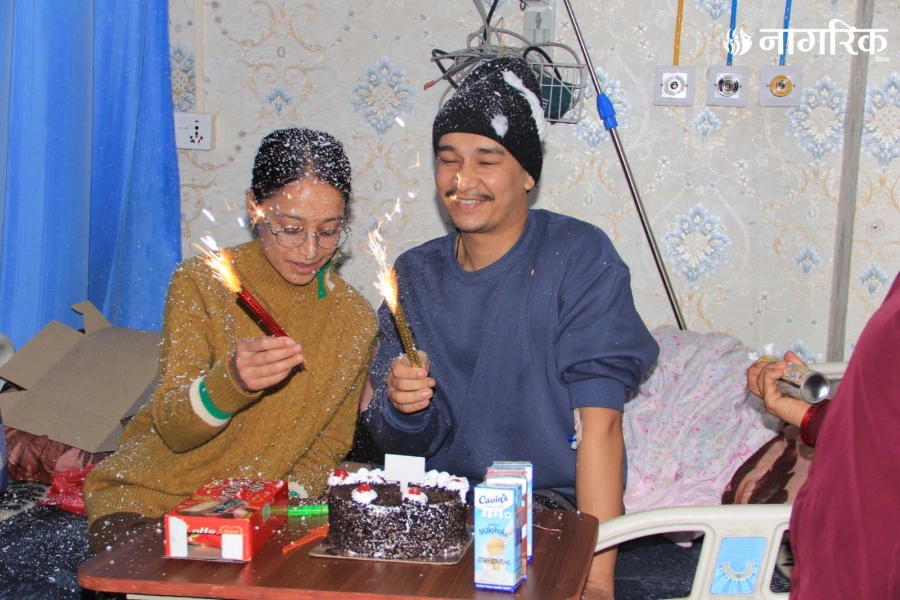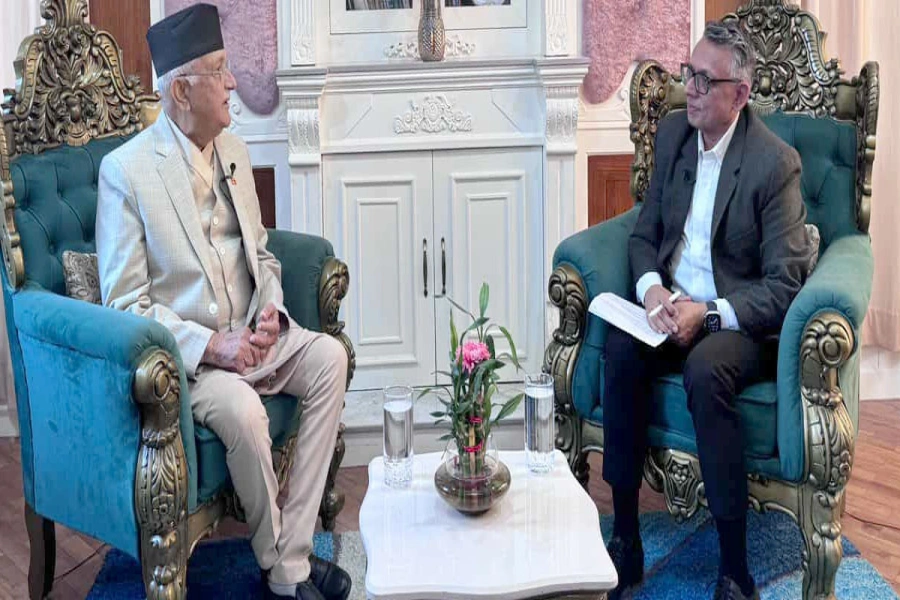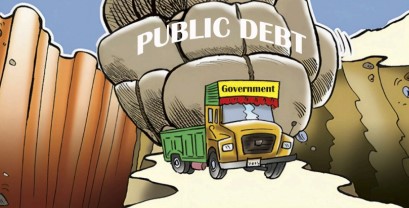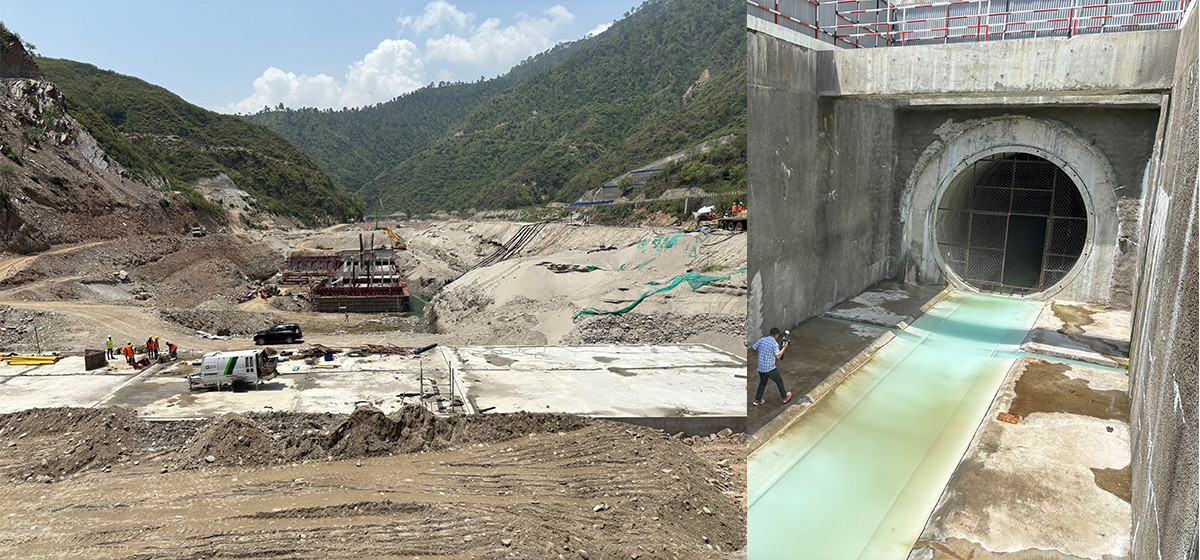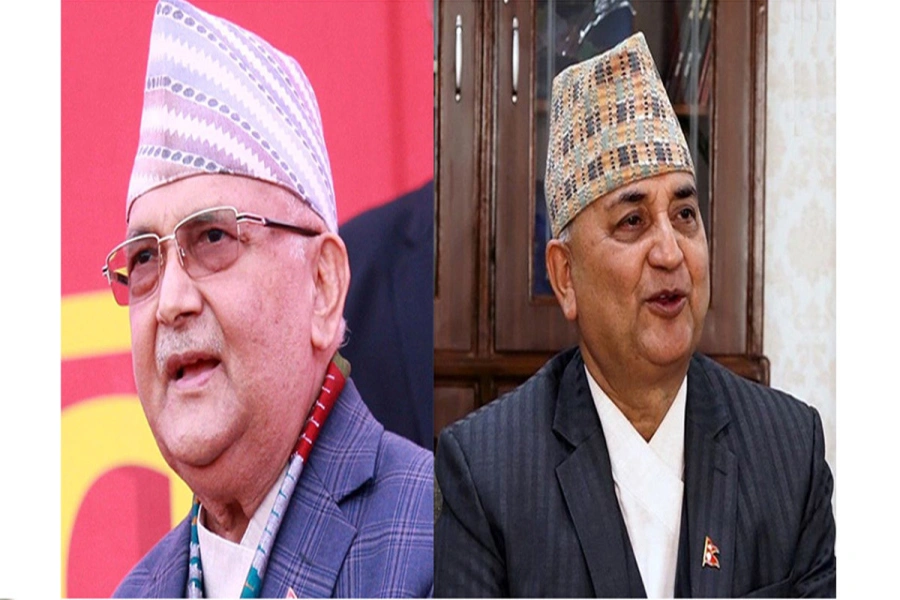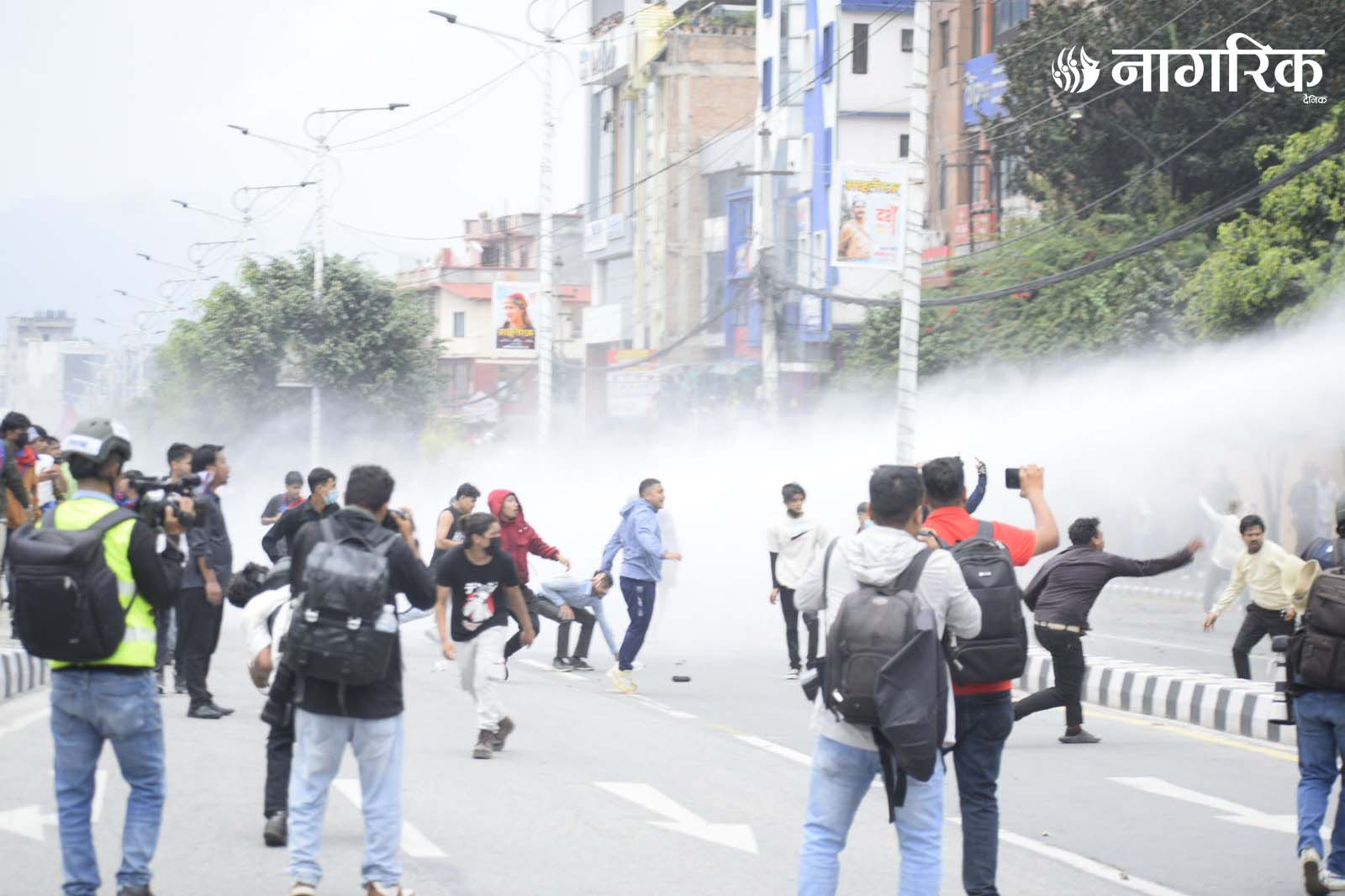Nepal, despite its negligible contribution to global greenhouse gas emissions, is taking bold steps toward climate action through its third Nationally Determined Contribution (NDC 3.0), submitted to the United Nations Framework Convention on Climate Change in May 2025. This updated plan presents a transformative energy roadmap that prioritizes clean energy, electric mobility, and industrial decarbonization. Nepal’s NDC 3.0 goes beyond mitigation; it envisions development rooted in equity, sustainability, and resilience. While the ambition is commendable, the success of this leap hinges on significant international financial and technological support. Over 85% of its climate targets are conditional, making global solidarity essential for meeting Nepal’s ambitious NDC targets by 2035.
Clean Energy, Cooking, and Local Action
At the heart of Nepal’s NDC 3.0 is the expansion of renewable electricity generation. The government aims to scale capacity from around 3,500 MW in 2025 to 14,031 MW by 2030 and 28,500 MW by 2035. This eightfold increase will include 10–15% from solar, wind, micro-hydro, and bioenergy, diversifying beyond Nepal’s hydropower dependence. Of these targets, 6,641 MW by 2030 and 10,000 MW by 2035 are unconditional, reflecting Nepal’s domestic commitment. Upgraded transmission and distribution infrastructure will reduce power losses to 10.5% by 2035, supported by smart meters, resilient substations, and modernization of grid infrastructure.
Equally ambitious is Nepal’s clean cooking plan. The country targets 2.1 million households and 15,000 institutions to adopt electric cookstoves by 2035, up from just 400,000 in 2025. In areas with limited electricity access, improved biomass stoves and biogas systems will ensure equitable energy access. These initiatives will reduce indoor air pollution, benefit public health, and ease the domestic burden—particularly on women. Additionally, Nepal will scale up large biogas plants to 750 units by 2035, recognizing their role in waste management, clean energy, and rural livelihoods.
Decentralized energy governance is also central to NDC 3.0. By 2035, 400 municipalities are expected to implement municipal energy plans, and 100 local governments will enforce energy-efficient building bylaws and codes. This local engagement reflects Nepal’s commitment to inclusive, ground-level implementation.
PM Oli hands over NDC-3 to COP29 President Babayev

Transport and Industry: Driving Decarbonization
Nepal’s transport and industrial sectors are undergoing major reimagining under NDC 3.0. By 2030, 90% of private and 70% of public vehicle sales should be electric, increasing to 95% and 90% by 2035. These shifts will be supported by a nationwide charging infrastructure and dedicated EV policies. Kathmandu will develop 100 km of electric public transit, and 300 km of national electric rail will provide cleaner intercity and freight transport. In addition, non-motorized transport—such as bicycles, walkways, and cable-based systems—will be promoted to reduce emissions and enhance urban mobility.
In industry, Nepal targets the electrification of 70% of boilers and all iron and steel furnaces by 2035. The cement sector will reduce coal usage through bioenergy adoption (up to 35% of total fuel use) and improved efficiency. Brick kilns will transition to energy-efficient technologies, replacing traditional fixed-chimney kilns with tunnel or hybrid Hoffman kilns. These changes are expected to significantly reduce industrial emissions while modernizing key sectors and creating green jobs.
Combined, Nepal’s energy, transport, and industry measures are projected to reduce significant volumes of CO₂equivalent emissions by 2035—more than half of the country’s total mitigation target under NDC 3.0.
Financing the Leap: Global Support Is Essential
Despite its strong vision, Nepal faces a daunting financial gap. The total cost of the NDC’s quantified mitigation targets through 2035 is estimated at USD 73.74 billion (14.68% unconditional and 85.32% conditional). The energy-related mitigation measures outlined in NDC 3.0 are expected to cost USD 65.502 billion (89.3% of the total) through 2035. Only USD 9.5 billion—just under 15%—is expected to come from domestic resources. The remaining USD 55.98 billion, or 85.4%, is conditional on international climate finance and technical support. Over 89% of the emission reductions in the energy sector rely on such external backing.
This is not a reflection of weak national effort. Nepal’s targets are far more ambitious than those of many higher-emitting countries. The imbalance reflects the broader issue of climate justice: countries like Nepal, with high vulnerability and low emissions, should be supported in delivering transformative change. However, access to international climate finance remains limited, often burdened by bureaucratic hurdles, donor-driven conditions, and delayed disbursements.
To meet its conditional targets, Nepal must adopt multiple strategies. It should continue leveraging climate finance from global sources like the Green Climate Fund and Global Environment Facility, while seeking support from bilateral partners. Public-private partnerships, green bonds, and blended finance will be key in attracting investment for large-scale infrastructure and renewable energy. Additionally, Nepal can access carbon markets under Article 6 of the Paris Agreement by monetizing emission reductions through verified projects in cookstoves, electric vehicles, and renewable energy. Institutional capacity-building and policy coherence are also vital. Nepal will need to improve Monitoring, Reporting, and Verification (MRV) systems, enhance coordination between federal and local governments, and streamline bureaucratic processes to facilitate investment and implementation. Capacity support for local governments, as envisioned in the NDC, will be critical to driving local-level energy transitions and implementing building codes and energy plans effectively.
A Just and Ambitious Energy Future
Nepal’s energy leap under NDC 3.0 represents one of the most comprehensive and inclusive climate plans by a least developed country. It is a bold attempt to transition toward a low-carbon, climate-resilient future while ensuring development benefits for its people. The energy targets reflect more than climate ambition—they aim to transform public health, reduce poverty, and modernize infrastructure. But this transformation cannot happen in isolation. The world must recognize Nepal’s leadership and respond with real, sustained support—financially, technically, and politically. Climate finance must become more predictable, accessible, and aligned with national priorities. Nepal is doing its part. Now, it’s time for the global community to step up. If implemented successfully, Nepal’s NDC 3.0 could serve as a model for other climate-vulnerable nations. It is not just a plan to reduce emissions—it is a vision for a just, equitable, and sustainable future. For a world hoping to keep warming below 1.5°C, empowering nations like Nepal is not optional—it is imperative.
Disclaimer: The author is currently working as Director at the Alternative Energy Promotion Center (AEPC), Ministry of Energy, Water Resources and Irrigation, Government of Nepal. The opinions expressed in this article are solely the author’s personal views and do not reflect those of the author’s organization.








